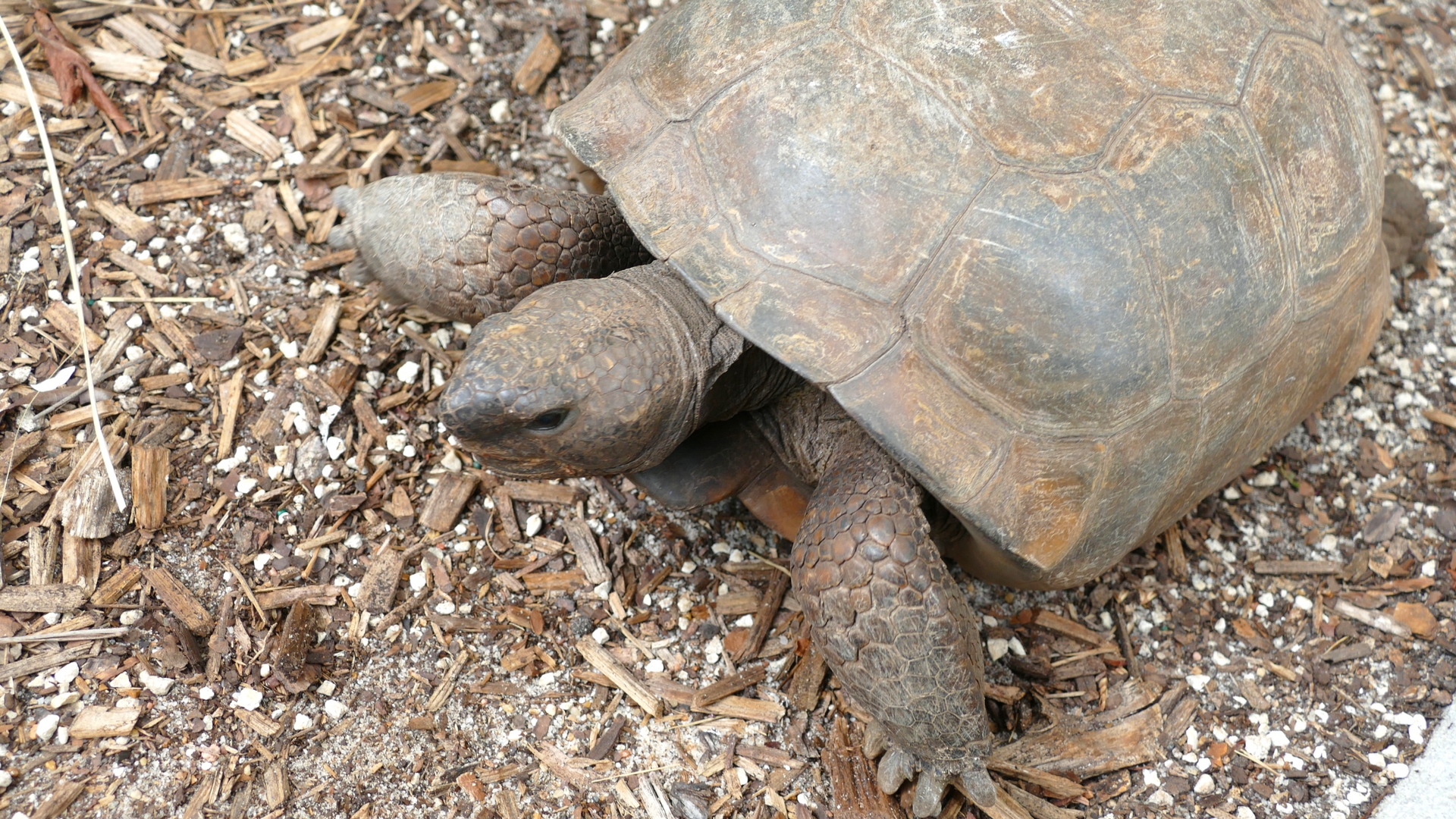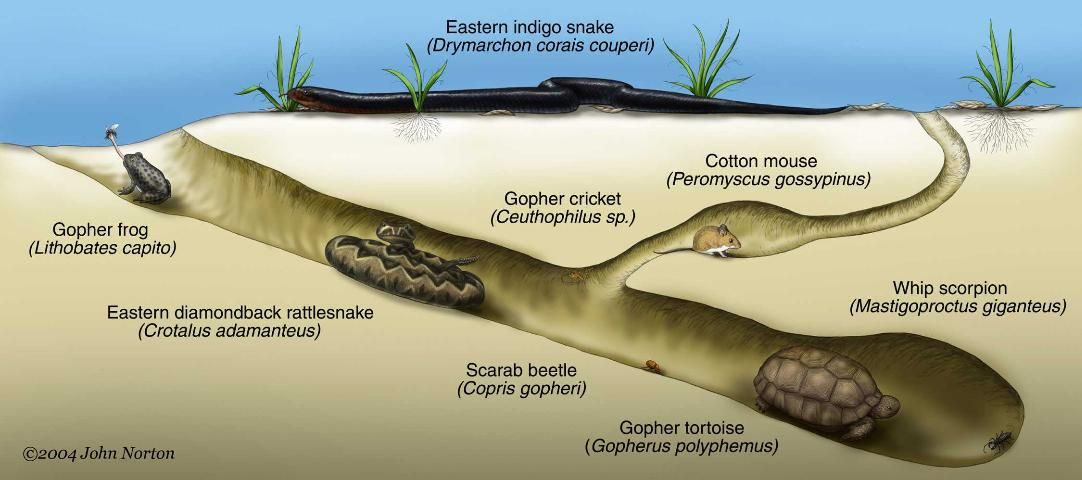
Gopher tortoises are listed as a threatened species in the state of Florida, and for good reason. Their habitats are rapidly disappearing as cities expand and new land is developed. While gopher tortoises are pretty well researched throughout their habitat range, which spans seven US states, until recently scientists didn’t have good data about tortoise populations in southeastern Florida. This made it difficult to protect them.
Now, thanks to a group of Florida biologists, we know a little more about the gopher tortoises of Miami-Dade, Broward, and Palm Beach counties. Southeast Florida is a more difficult place to be a gopher tortoise than other places. Not only are human populations and settlements growing rapidly, but much of the land where people don’t live is in the seasonally flooded Everglades—not an ideal place for an animal that builds its home in an underground burrow.
The researchers used data from the Florida Fish and Wildlife Conservation Commission’s Gopher Tortoise reporting website and iNaturalist app to find out where people have seen tortoises in southeast Florida. They also visited eight sites where tortoises were known to live and counted the number of burrows at each one.
Gopher tortoise burrows are remarkable structures. On average, they’re about 15 feet long and over six feet deep, but they can be as large as 40 feet long and reach 10 feet below ground. More than 350 other species are known to use these burrows for habitat alongside the tortoises. One gopher tortoise can build multiple burrows throughout its lifetime.

The scientists counted 1,283 tortoise burrows at the eight sites. From this, they estimated there are around 400 tortoises spread across them. This includes about 100 here in Miami-Dade County, 50 each at the Deering Estate and Zoo Miami’s ecological preserve. Using the FWC and iNaturalist data, they identified another 30 sites with a high probability of having gopher tortoises. These sites most likely have between 5-20 tortoises, but scientific surveys are needed to know exactly how many there are.
These findings are important for gopher tortoise conservation. They suggest there are more gopher tortoises here in southeast Florida than scientists previously knew about. They also highlight the need for conservation policies specific to this region of Florida, because the threats gopher tortoises face here are unique compared to more northern and western populations.
Are you curious to see these animals up close and in person? Frost Science is home to two gopher tortoises! You can find them on The Vista level of the museum’s Aquarium building.